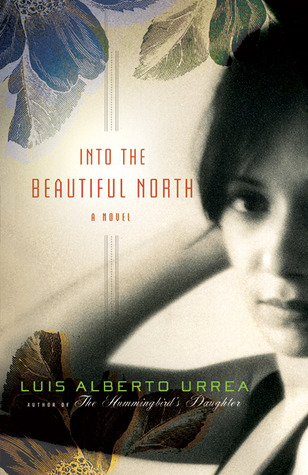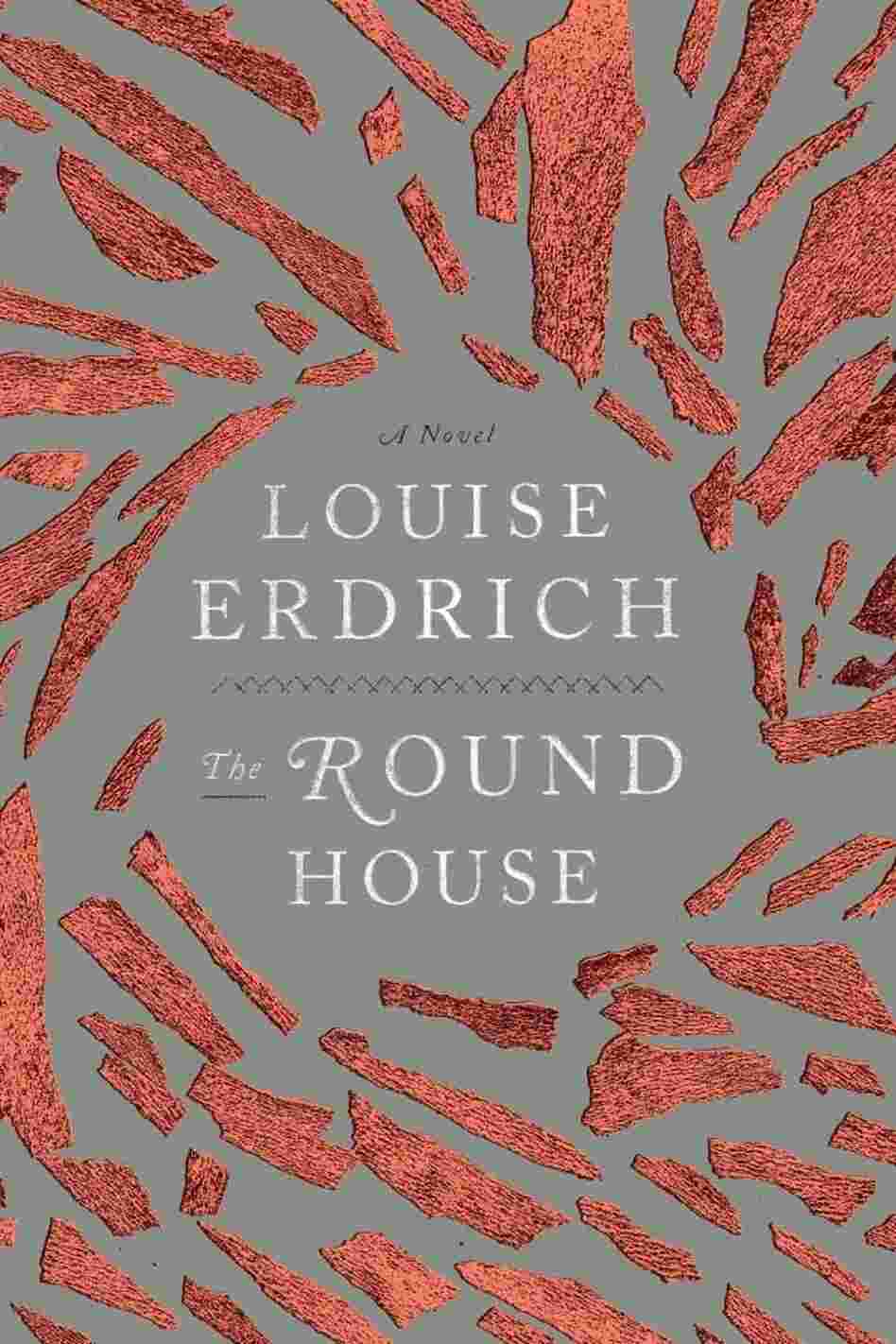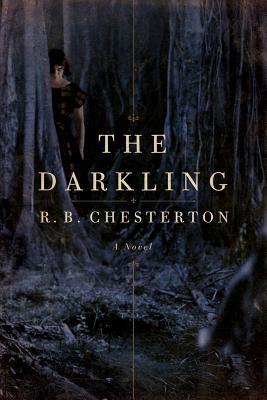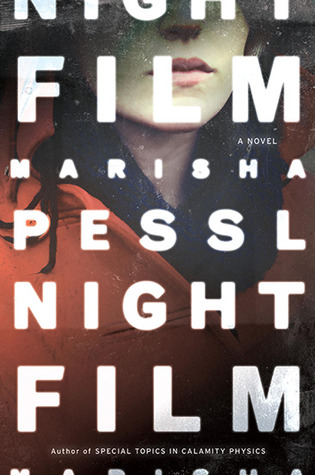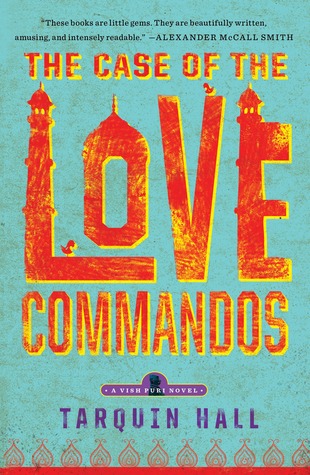Another Library Reads list is out today.
I have a couple of comments on how it is going. First, on a personal note, Love Flavia de Luce! I am glad I am not alone out there in the library world.
Seriously, I have purposely stayed out of the
Library Reads process because I already have a popular platform to tell you all what to read.
Library Reads is a great opportunity for me to hear from my colleagues. I am enjoying the combination of my own preferences being reinforced and learning about titles I would not have had on my radar at all. Thanks guys!
Second, another wonderful outcome has been the nice printable pdf's that are available closer to the start of the given month (
click here and scroll down to see those). During the last week of each month, I have been putting out the coming month's list at our desk. After a few months of it showing up for patron use now, the list is getting quite popular, and along with the current bestseller list, it is being regularly checked and requested. The patrons love it.
Again, you can get all of the past lists on the Library Reads
site or by
clicking here on RA for All or by using my
Library Reads Tag which is always in the right gutter of this blog.
Favorite...
The Dead in Their Vaulted
Arches: A Flavia de Luce
Novel
by Alan Bradley
Published: 1/14/2014 by Delacorte Press
ISBN: 9780385344050
“Flavia de Luce is still on the loose! This time, the almost-twelve-year-old prodigy explores some tantalizing mysteries involving her own family. Flavia uncovers surprising secrets about the characters we know and love and meets some fascinating new people, including a precocious distant cousin. You’ll enjoy seeing new depths in Flavia–this novel takes the series in an exciting direction.”
Nancy Russell, Columbus Metropolitan Library, Columbus, OH
The rest of the list...
 A Star for Mrs. Blake: A Novel
A Star for Mrs. Blake: A Novel
by April Smith
Published: 1/14/2014 by Knopf
ISBN: 9780307958846
“A little-known slice of American history receives meticulous, elegant treatment in this compelling novel about a group of mothers who travel to post-WWI Europe to visit the graves of their fallen soldier-sons. Cora Blake, grieving the loss of her only child, pulls the group together to provide support on their difficult pilgrimage. Sure to be a sleeper hit with book groups looking for heart-tugging history.”
Kaite Stover, Kansas City Public Library, Kansas City, MO
 Lost Lake: A Novel
Lost Lake: A Novel
by Sarah Addison Allen
Published: 1/21/2014 by St. Martin’s Press
ISBN: 9781250019806
“I was thrilled to find out that Sarah Addison Allen had a new book out, and it did not disappoint. Allen’s trademark magic is woven throughout the story and can be found in the lake, the town, and the people, but at its heart, this story is about finding home—something we can all relate to.”
Ally Watkins, Central MS Regional Library System, Pearl, MS
 The Days of Anna Madrigal: A Novel
The Days of Anna Madrigal: A Novel
by Armistead Maupin
Published: 1/21/2014 by Harper
ISBN: 9780062196248
“So good to see all these beloved characters again! And we finally get the true story of Anna Madrigal. If you’re either a fan of the
Tales of the City series, Burning Man or both, this is a fun Sunday-afternoon kind of book.”
Jenne Bergstrom, San Diego County Library, San Diego, CA
 A Highly Unlikely Scenario, or a Neetsa Pizza Employee’s Guide to Saving the World: A Novel
A Highly Unlikely Scenario, or a Neetsa Pizza Employee’s Guide to Saving the World: A Novel
by Rachel Cantor
Published: 1/14/2014 by Melville House
ISBN: 9781612192642
“Leonard works for Neetsa Pizza, a Pythagorean pizza chain, in the near-ish future. His job is to take calls, listen to complaints and help his customers achieve maximum pizza happiness. His employee manual gives him an answer for every scenario–until he gets a call from Marco, who seems to be calling from another time or space. Think of Terry Pratchett crossed with Douglas Adams.”
Jane Jorgenson, Madison Public Library, Madison, WI
 The Wind Is Not a River: A Novel
The Wind Is Not a River: A Novel
by Brian Payton
Published: 1/7/2014 by Ecco
ISBN: 9780062279972
“A tender love story about a reporter stranded during World War II on one of the Aleutian Islands, and his feisty wife, who travels to find him. The geographical and historical setting of American warfare in the North Pacific, little known to most, is very intriguing. Readers will fall in love with the main characters’ fierce determination to survive and love against all odds.”
Paulette Brooks, Elm Grove Public Library, Elm Grove, WI
 Orfeo: A Novel
Orfeo: A Novel
by Richard Powers
Published: 1/20/2014 by W.W. Norton & Company
ISBN: 9780393240825
“Experimental music and genetic engineering? Heady stuff indeed, but what is most remarkable about this thought-provoking journey is how intensely it makes you feel about human creativity, experience, and the enigmatic fugitive Peter Els, whose flight from an uncomprehending world anchors the narrative. A perfect introduction to this brilliant but sometimes forbidding author.”
David Wright, Seattle Public Library, Seattle, WA
 The Kept: A Novel
The Kept: A Novel
by James Scott
Published: 1/7/2014 by Harper
ISBN: 9780062236739
“Scott has written a haunting novel about two characters who are tormented by regret and guilt and who do all the wrong things to find redemption. Beautiful writing and unforgettable characters mark this first novel that has been compared to the work of Cormac McCarthy and Michael Ondaatje.”
Alison Kastner, Multnomah County Library, Portland, OR
 Little Failure: A Memoir
Little Failure: A Memoir
by Gary Shteyngart
Published: 1/7/2014 by Random House
ISBN: 9780679643753
“
Little Failure is the marvelous tale of the Shteyngart family’s journey from Leningrad to Queens in the 1970s. Gary Shteyngart captures an amazing snapshot of that time in history, and this engaging memoir is suffused with conflict, love, and a lot of hilarity.”
Laura Scott, Park Ridge Public Library, Park Ridge, IL
 The First True Lie: A Novel
The First True Lie: A Novel
by Marina Mander
Published: 1/21/2014 by Hogarth
ISBN: 9780770436858
“An unusual, well-written story told by a young boy who lives with his talented, but troubled mother in a city apartment in Italy. One morning, Luca finds his mother dead, and his worst fears paralyze him. How long can he hide the truth from his teachers and classmates? Luca uses what he loves most, words, to reach a place where he can finally open the door to others. An excellent reading group selection.”
Margaret Donovan, Cary Memorial Library, Lexington, MA


